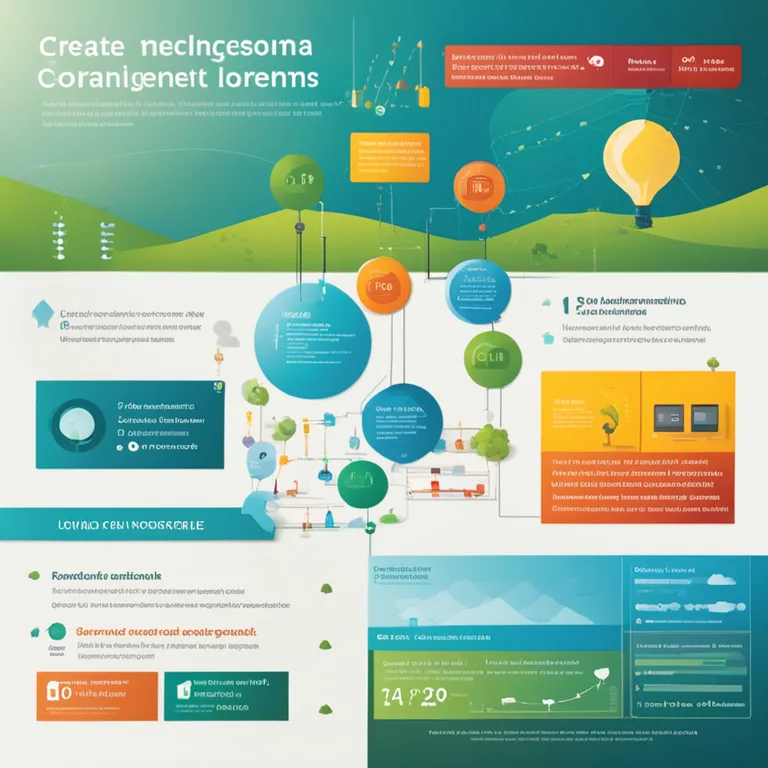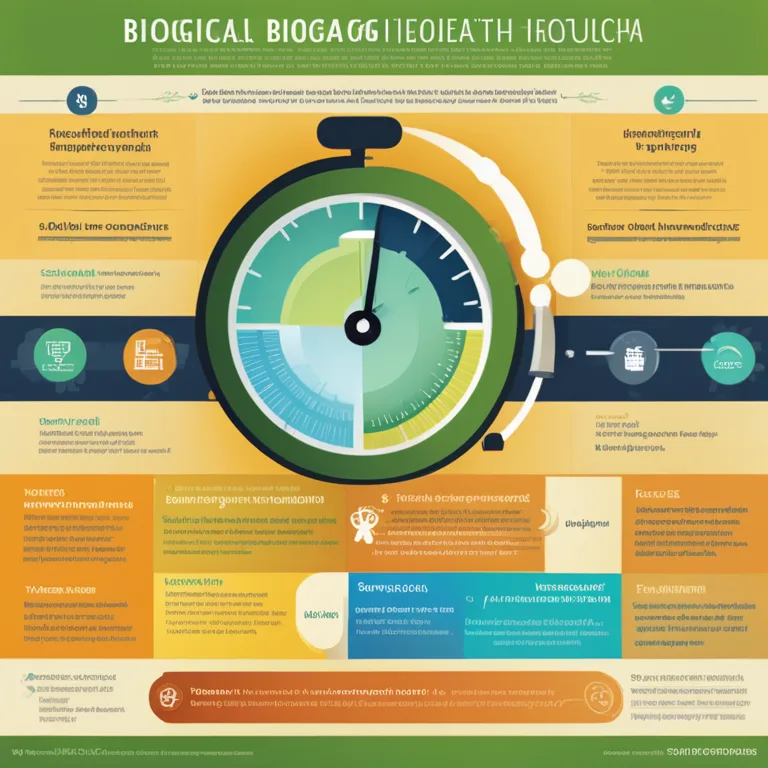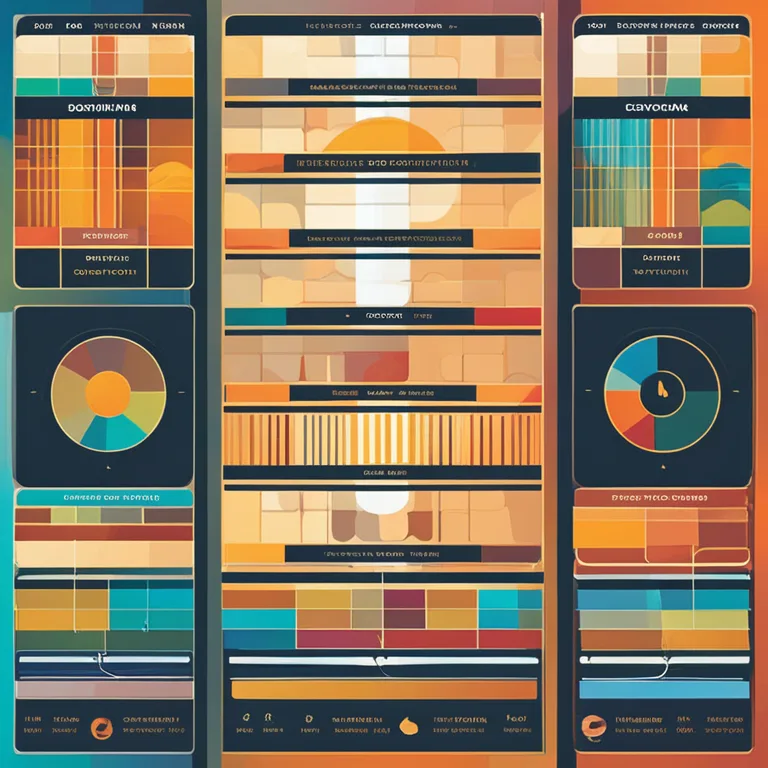
The Rhythms of Life: An Insight into Biological Rhythms
Delve into the fascinating study of biological rhythms and discover their profound impact on living organisms and human behavior.
article by Adrian Wallace
Introduction to Biological Rhythms
In the fabric of life, biological rhythms are the essential threads that weave the patterns of our existence. Intriguing and typically regular, these rhythms are endogenously generated cycles that regulate various biological processes within living organisms. From the rapid blinking of the eyes to the monthly ebb and flow of hormonal tides in women, biological rhythms are omnipresent, dictating functions from cell regeneration to behavior patterns, and aligning our internal clocks with the external world. The most familiar rhythm, the circadian cycle, is roughly a 24-hour period governed by the Earth's rotation, deeply influencing our sleep-wake patterns, mood, and metabolism.

The Spectrum of Biological Rhythms
Biological rhythms span across time scales from milliseconds to years, creating a structural hierarchy known as chronobiology. Besides circadian rhythms, ultradian rhythms occur more than once a day, such as heartbeats and stomach contractions, while infradian rhythms, like the human menstrual cycle, take place less frequently than once a day. On longer scales, annual or seasonal rhythms, influenced by the tilt and orbit of the Earth around the sun, affect both animal migration and human affective disorders (e.g., Seasonal Affective Disorder). These timekeeping systems are profoundly synchronized with the geophysical cycles and play a crucial role in survival and reproduction.

The Science Behind Biological Rhythms
The study of biological rhythms has progressed with advances in molecular biology and genetics. The discovery of clock genes, which form the core of the molecular circadian clock, has been pivotal in understanding how these rhythms self-regulate and how the entrainment process works with environmental cues like light. This genetic clockwork involves intricate feedback loops that activate and suppress gene expression in an orchestral sequence, keeping physiological processes attuned to the time of day. As we learn more about these mechanisms, potential applications in chronomedicine are burgeoning—opening avenues for time-based treatment modalities in diseases and disorders.

Impacts of Biological Rhythms on Health
Our internal timing systems have far-reaching health implications. Disruptions to our biological rhythms, known as chronodisruption, can lead to negative health outcomes such as insomnia, depression, obesity, and even chronic conditions like diabetes and cancer. Shift work, jet lag, and exposure to artificial light at night are common contributors that misalign our biological clocks. Understanding these rhythms can lead to improved work schedules, therapeutic approaches to mental health, dietary plans, and timing for medication administration, all aimed at enhancing well-being by aligning our biology with our environment.

The Technological Integration with Biological Rhythms
Technology has progressed to monitor and adapt to our biological rhythms. Wearable devices now track sleep patterns, physical activity, and heart rate variability, providing insights into our personal rhythms. Innovations in artificial intelligence and machine learning strive to predict and modulate these rhythms to improve health outcomes. As technology becomes more personalized and predictive, the intricate dance between our environmental integration and technological adaptation becomes ever more harmonious, leading to a smarter and healthier future aligned with our natural rhythms.
Conclusion: Embracing Our Biological Rhythms
Biological rhythms are fundamental to life as we know it, influencing every facet of our biology and behavior. By recognizing and respecting these natural patterns, individuals and societies can optimize health and productivity. As we continue to delve into these rhythmic processes and harness technology to work with rather than against them, we pave the way for advancements in health care, work-life balance, and overall quality of life. The future of understanding and adapting to our biological rhythms holds untold promise for a better attuned and healthier society.
Published: 1/4/2024
Modified: 1/4/2024
More predictions
Come back here soon to learn more about yourself and your future


The Accuracy of Biorhythms: Fact or Fiction?
Examine the validity of biorhythms in predicting personal vitality and life cycles in this in-depth analysis.


Biorhythms: How They Shape Your Life
Explore the practical applications of biorhythms in daily life, from personal wellness to performance optimization.


The Practical Uses of Biorhythms in Daily Life
Discover the practical applications of biorhythms across various aspects of daily living, from personal health to decision-making.